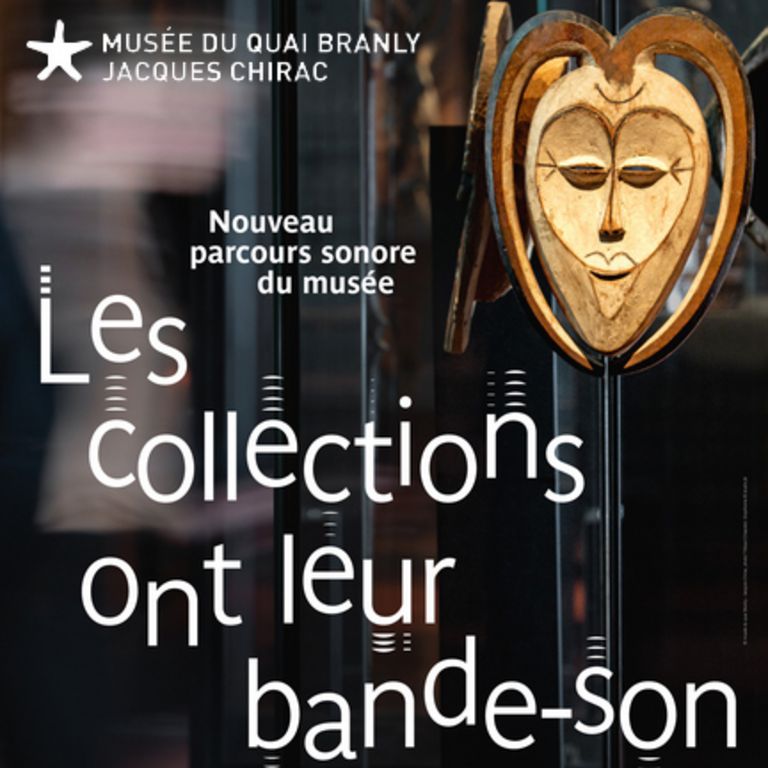Collections have their Soundtrack - Musée du Quai Branly, Paris

Stereo sound in international collection
Permanent exhibition on the Collections plateau of the
Musée du Quai Branly-Jacques Chirac
37 quai Branly, 75007 Paris
Dates : Tuesday, September 17, 2024 to Wednesday, September 17, 2025
Silent Landscapes No. 2 and Selected Archival DAT recordings 2000-2010 installed to play in Oceania collection exhibition
Overviews & reviews of the project (all in French)
Radio France (link)
La Croix (link)
Artscape (link)
FNAC (link)
La Parisien (link)
Connaissance des Arts (link)
Quai Branly (link) - Interview with Eric de Visscher
French Ministère de l'Enseignement Supérieur et de la Recherche (Higher Education & Research) (link)